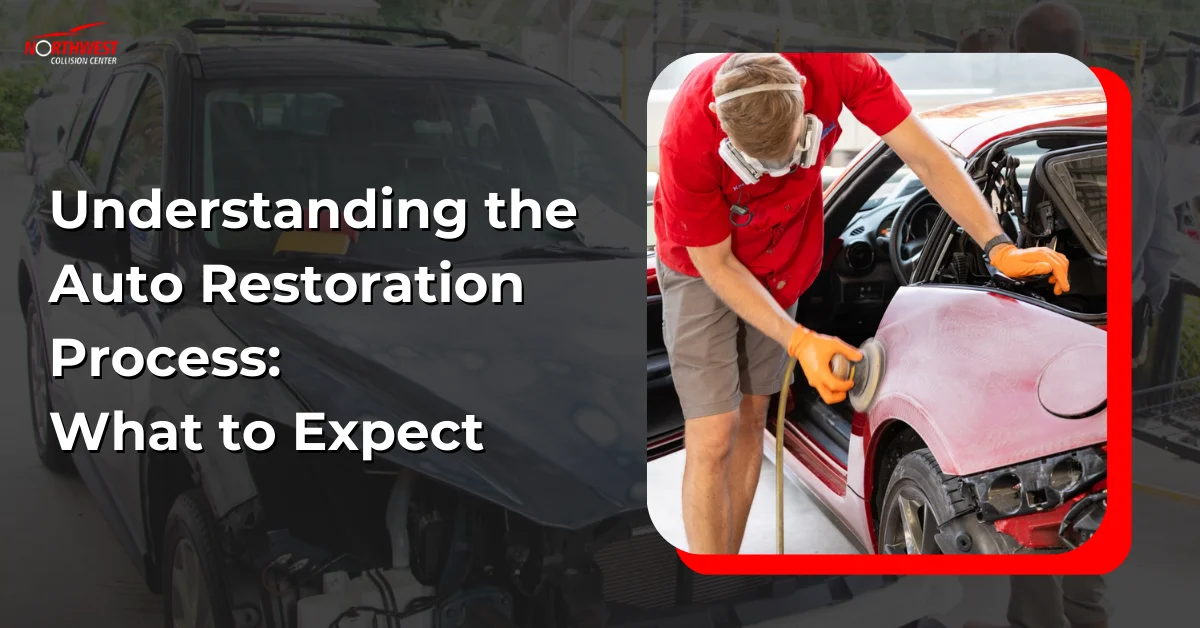To check your vehicle’s timing belt, first secure the hood and remove any engine cover. Locate the belt between the engine block and camshaft. Inspect it for visible cracks, frays, or signs of wear using a flashlight. Next, check the belt’s tension by pressing down; minimal deflection is ideal. Verify proper alignment on all pulleys. Listen for unusual sounds like squeals or grinding, as these may indicate wear. Finally, consult your vehicle manual for recommended maintenance intervals. Keeping an eye on these factors can help avoid significant engine damage and enhance your car’s reliability moving forward.

Key Takeaways
- Locate the timing belt by removing the engine cover and identifying the rubbery band between the engine block and camshaft.
- Inspect the belt for visible damage such as cracks, frays, and uneven wear patterns using a flashlight.
- Check the tension by pressing down on the belt; minimal deflection indicates proper tension.
- Listen for unusual engine noises like squeals or grinding that may signal timing belt issues.
- Refer to your vehicle’s manual for timing belt maintenance intervals, typically every 60,000 to 100,000 miles.
Locate the Timing Belt in Your Engine
To locate the timing belt in your engine, start by opening the hood and securing it in place. You’ll need to identify the engine cover, which often conceals the timing belt. Remove any plastic covers or fasteners using a socket wrench, ensuring you keep track of all components.
Next, look for the engine’s timing belt, usually situated between the engine block and the camshaft. The vehicle timing belt will be a long, rubbery band with ridges and grooves designed for maximum grip. It’s essential to know how to check the timing belt regularly.
As you inspect, note any visible indicators of wear, such as cracks or fraying. Understanding when the timing belt should be replaced is critical; most manufacturers recommend replacement every 60,000 to 100,000 miles.
Refer to your owner’s manual for specific recommendations for your vehicle’s timing belt. If you’re unsure about the condition or replacement schedule, consult a professional technician for guidance. Keeping the timing belt in good condition is fundamental for your engine’s performance and longevity.
Inspect for Cracks, Frays, or Wear
When inspecting your timing belt, look closely for any signs of cracks, frays, or overall wear. The car timing belt is vital for synchronizing the engine’s camshaft and crankshaft, so any damage can lead to serious engine problems. Use a flashlight to illuminate the belt while checking for visible cracks or splits, which may indicate that the rubber is deteriorating. It is important to examine both the front and back of the belt, as wear can occur on either side.
Next, check for fraying along the edges of the timing belt. If you notice any fibers sticking out or uneven wear patterns, this could signal that the belt is nearing the end of its lifespan. Additionally, look for any shiny or glazed areas, which may suggest overheating or excessive friction.
Knowing how to check if the timing belt is good involves evaluating these factors carefully. If you observe any significant signs of wear, it is advisable to replace the belt promptly to prevent catastrophic engine failure. Regular inspections can help you maintain your vehicle’s performance and reliability.
Check for Proper Tension and Alignment
Checking for proper tension and alignment of your timing belt is essential for guaranteeing ideal engine performance. Start by locating the timing belt cover and removing it to expose the belt. You’ll want to inspect the belt for any signs of wear visually or damage before proceeding with tension checks. To check timing belt tension, press down on the belt midway between the pulleys. There should be minimal deflection; if it moves more than half an inch, it may be too loose.
Next, assess the alignment of the belt. Confirm that it’s properly seated on all pulleys without any signs of misalignment. You can do this by observing the belt’s position relative to the pulleys. If the belt appears to be off-center or if any pulleys show excessive wear, it may require adjustment or replacement.
Listen for Unusual Noises from the Engine
Have you noticed any unusual noises coming from your engine? These sounds can be essential indicators of your timing belt’s health. A worn or failing timing belt may produce a high-pitched squeal, grinding noise, or even a knocking sound. If you hear any of these, it’s time to investigate further.
Start by checking your timing belt. To do this, locate the timing belt cover and remove it. Inspect the belt for fraying, cracks, or signs of wear. If the belt looks questionable, you may need to evaluate the car timing belt replacement cost, which can vary greatly depending on your vehicle’s make and model.
Additionally, pay attention to your dashboard. If the check engine light timing belt illuminates, it’s a clear signal that something’s amiss. Ignoring these warnings can lead to severe engine damage and costly repairs.
With these steps, you’ll know how to check the timing belt on your car effectively. If you’re unsure or uncomfortable with this process, don’t hesitate to consult a professional mechanic who can accurately assess your timing belt’s condition.
Refer to Your Vehicle Manual for Maintenance Intervals
Consulting your vehicle’s manual is essential for determining the specific maintenance intervals for your timing belt. This document provides important information tailored to your vehicle’s make and model, including when to check the timing belt and how to you check the timing belt effectively. Most manufacturers recommend inspecting the timing belt every 60,000 to 100,000 miles, but it’s crucial to confirm this range in your manual.
The timing belt, also known as the car timing belt, plays a critical role in synchronizing the engine’s crankshaft and camshaft, ensuring peak performance. Neglecting to follow the recommended intervals can lead to significant engine damage, as a worn or broken belt may result in the pistons colliding with the valves.
When you check the timing belt, look for signs of wear such as fraying, cracks, or glazing. If your manual suggests replacing it, don’t delay. By adhering to the specified maintenance intervals, you enhance your vehicle’s longevity and reliability. Always prioritize these checks to avoid costly repairs down the line.
Frequently Asked Questions
How Often Should I Replace My Timing Belt?
You should replace your timing belt every 60,000 to 100,000 miles, depending on your vehicle’s make and model. Regular checks can help prevent severe engine damage, ensuring ideal performance and longevity of your car.
What Are the Symptoms of a Failing Timing Belt?
Did you know 90% of timing belt failures occur without warning? If you notice engine misfires, unusual noises, or oil leaks, it’s essential to address these symptoms immediately to prevent severe engine damage and costly repairs.
Can I Visually Check the Timing Belt Without Removing Components?
You can’t accurately assess the timing belt’s condition visually without removing components. However, look for signs of wear, such as cracks or fraying, but a thorough inspection requires disassembly for a precise evaluation.
What Tools Do I Need to Inspect the Timing Belt?
When it comes to inspecting the timing belt, you’ll need a flashlight for visibility, a mirror for hard-to-reach spots, and a socket set to remove any necessary covers. Don’t forget your gloves to keep things clean!
Is It Safe to Drive With a Worn Timing Belt?
It’s not safe to drive with a worn timing belt. Doing so risks sudden failure, leading to severe engine damage. You should replace it promptly to guarantee vehicle reliability and prevent costly repairs down the line.
Conclusion
In summary, keeping an eye on your timing belt is like tending to a garden; neglect can lead to a tangled mess. By regularly inspecting for signs of wear, ensuring proper tension, and listening for any unusual sounds, you can protect your engine from costly damage. Don’t forget to consult your vehicle manual for recommended maintenance intervals. A proactive approach now will save you from headaches down the road, ensuring your vehicle runs smoothly for years to come.










